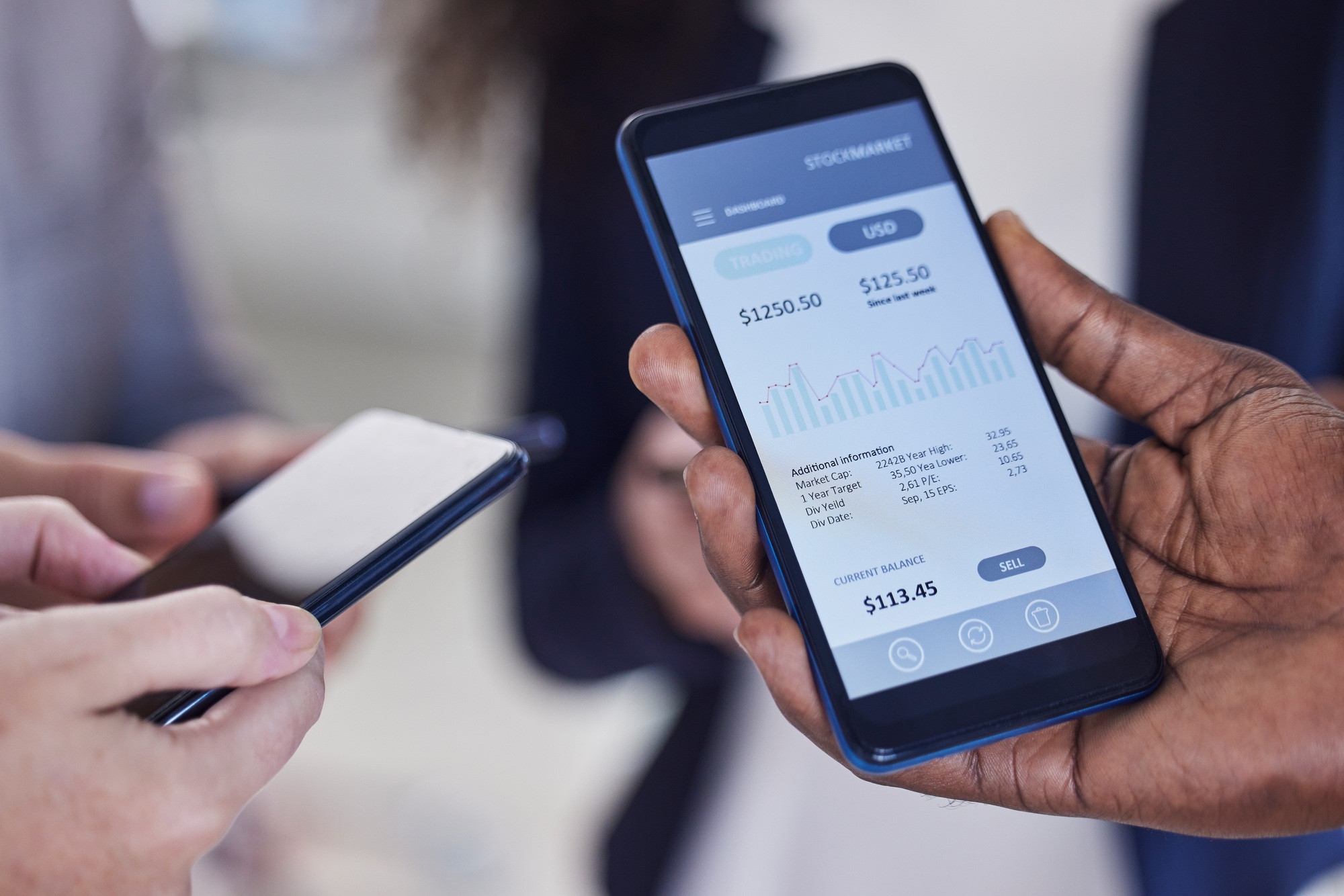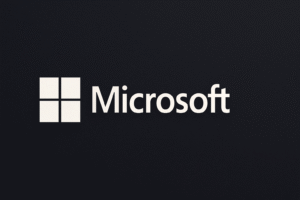With the proliferation of applications designed to track expenses, create budgets, and offer investment advice, consumers face a complex decision-making process. Understanding what to look for in a personal finance app can streamline this choice and lead to better financial outcomes.
Market Impact
The personal finance app market has witnessed exponential growth in recent years, largely fueled by the increasing demand for financial management tools among millennials and Generation Z users. According to a report from Statista, global revenues in the personal finance app segment are projected to reach approximately $1.5 billion by 2025, reflecting a compound annual growth rate of 5.7%. The surge in usage aligns with a broader trend towards digital banking and online financial advice, which has prompted numerous startups and established banks to enter this competitive space.
The pandemic further accelerated the adoption of these technologies, as people sought ways to manage their finances from home. A recent survey by Bankrate found that 37% of Americans now utilize some form of financial app, up from 25% in 2019. This shift underscores the necessity for consumers to approach their selections with care, as the features and quality of these applications vary significantly.
Key Features to Consider
When selecting a personal finance app, users should evaluate several crucial features. First, the app’s ability to sync with bank accounts and credit cards is essential for automatic transaction tracking. Many apps also provide functionalities for budgeting, allowing users to set spending limits across various categories. Furthermore, investment tracking capabilities can be beneficial for those looking to manage their portfolios effectively.
Another essential aspect is the app’s security features. With rising concerns over data privacy and identity theft, consumers should prioritize apps that employ robust encryption and offer multi-factor authentication. Reviews and user feedback can provide insight into how well an app safeguards personal information.
Expert Opinion
Industry analysts suggest that consumers should carefully assess their financial goals before committing to a specific app. “Different individuals have varying needs, so understanding what you want to accomplish is key,” says Jane Doe, a financial technology consultant. “Some users may only need basic expense tracking, while others might seek comprehensive financial planning tools.”
According to Doe, users should also take advantage of free trials offered by many apps. This can enable them to explore the features and interface without commitment. “A user-friendly interface can significantly impact your experience,” she adds, emphasizing the importance of usability and customer support when making a selection.
Background
The concept of personal finance management has evolved significantly over the past decade. Initially dominated by spreadsheet software and manual budgeting techniques, the landscape began shifting with the advent of mobile technology. Early entrants in the market, such as Mint and YNAB (You Need A Budget), paved the way for a wave of innovative solutions that cater to diverse consumer needs.
Notably, some apps are tailored towards niche markets, such as financial management for freelancers or students. Others may focus on specific demographics, providing tailored advice and investment options. Understanding the unique offerings in the personal finance app sector can help consumers make informed decisions.
What’s Next
As technology continues to advance, the capabilities of personal finance apps are expected to expand further. Innovations in artificial intelligence could lead to more personalized financial advice based on user behavior and spending patterns. Additionally, the integration of cryptocurrency management tools is on the rise, reflecting the growing interest in digital assets.
As the market evolves, staying informed about the latest trends and developments will be essential for consumers. While the choices available can be overwhelming, taking the time to evaluate key features and personal needs will help individuals select a personal finance app that fosters greater financial awareness and control.
In summary, the ideal personal finance app is one that not only meets the individual needs of the user but also provides a secure and intuitive interface. By considering market trends, expert opinions, and personal goals, consumers can effectively navigate the landscape of personal finance apps and enhance their financial management strategies.







